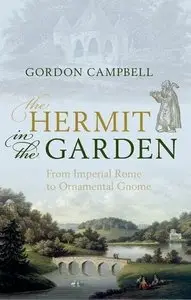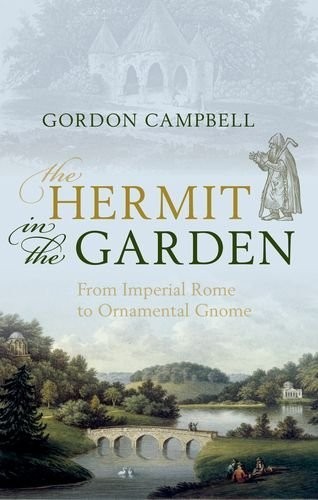The Hermit in the Garden: From Imperial Rome to Ornamental Gnome by Gordon Campbell
2013 | ISBN: 0199696993 | English | 258 Pages | PDF | 3.15 MB
2013 | ISBN: 0199696993 | English | 258 Pages | PDF | 3.15 MB
Lavishly illustrated with numerous black-and-white and color images, The Hermit in the Garden tells the engagingly eccentric tale of the eighteenth-century craze for ornamental hermits-the must-have accessory for the grand gardens of Georgian England and beyond.
Eminent historian Gordon Campbell-an authority on the Renaissance and on the decorative arts-takes the reader on a journey that is at once illuminating and whimsical, shedding light on the history of the ornamental hermit and visiting the sites of many of the surviving hermitages themselves, which remain scattered throughout England, Scotland, and Ireland. Tracing its distant origins to the villa of the Roman emperor Hadrian in the second century AD, Campbell focuses on the heyday of the ornamental hermit in England, when it became highly fashionable for owners of country estates to commission architectural follies for their landscape gardens, follies which often included hermitages, many of which still survive. Perhaps most curious, Campbell relates how landowners peopled their hermitages either with imaginary hermits or with real hermits, and in some cases the landowner became his own hermit. Those who took employment as garden hermits were typically required to refrain from cutting their hair or washing, and some were dressed as druids. These were wholly secular hermits, products of the fashion for "pleasing melancholy." And though the fashion for hermits fizzled out by the end of the eighteenth century, the craze left their indelible mark on both the literature as well as the gardens of the period. And, as Gordon Campbell shows, they live on in the art, literature, and drama of our own day-most notably, in Tom Stoppard's Arcadia-as well as in the figure of the modern-day garden gnome.



